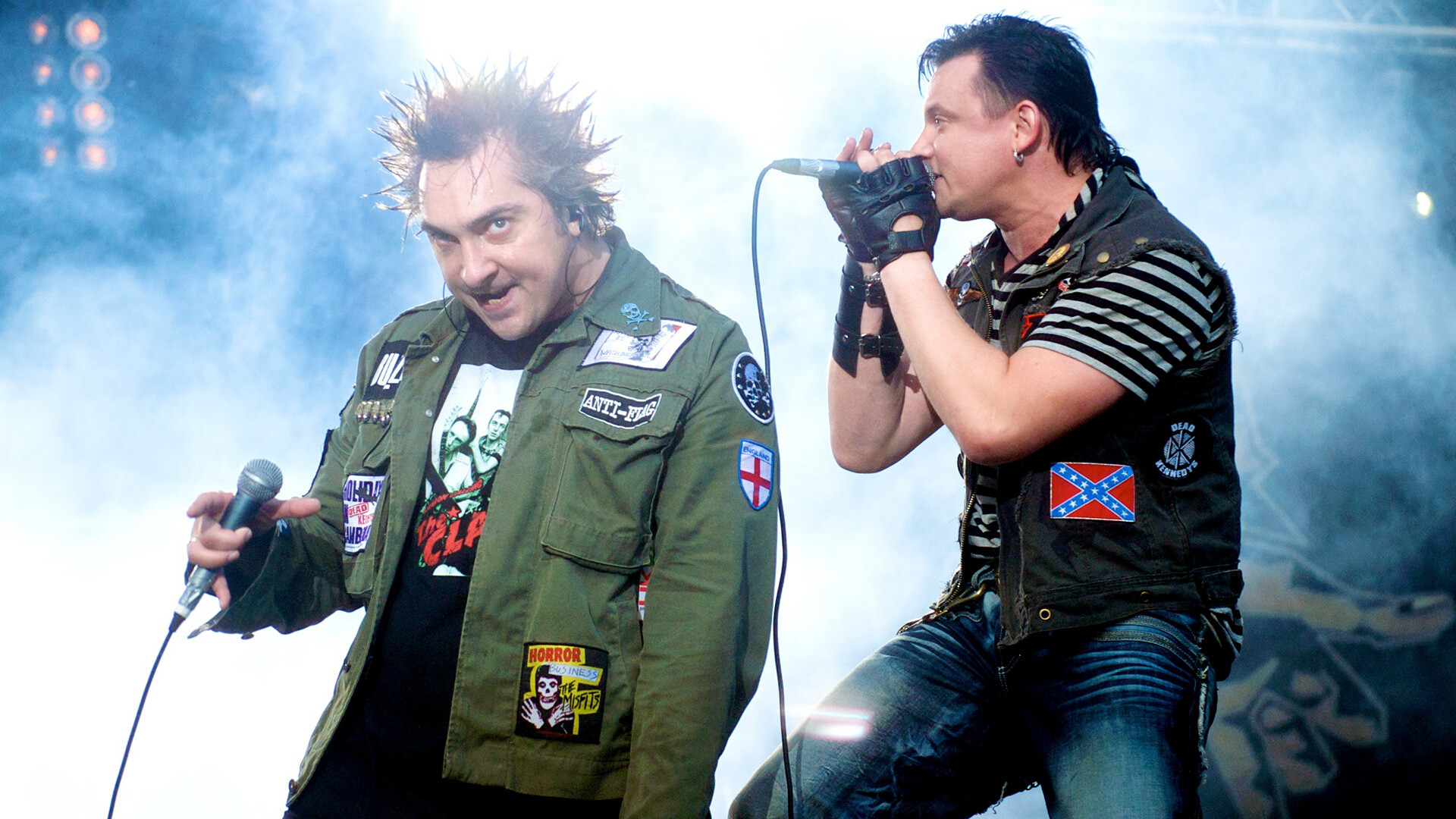
In the middle of the 1990s, the songs ‘Lesnik’ (‘Forester’; about man-eating wolves) and ‘Kukla kolduna’ (‘Sorcerer’s doll’; about a girl who became the victim of black magic), it seemed, sounded from every corner. But, every kind of fame passes. Tastes changed, generations changed and completely different music is now hip. Yet, suddenly – ‘Korol i Shut’ hits are once again making it onto music charts and a new TV show about the band’s history is setting viewership records. How did that happen? Spoiler: TikTok helped.

Russian rock-band "Korol i Shut" permorms in Green Theatre. Moscow.
Anton Belitsky/Global Look PressBy the beginning of the 1990s, Russian punk music had several capitals. The eternal rivals of Moscow and St. Petersburg were drowned out by the Siberian Lo-Fi. The styles varied greatly, from ska punk to noise music. However, even in such an environment, the St. Petersburg band ‘Korol i Shut’ stood apart. No social critique, no obscene lexicon. They fused sympathy for anarchy, a punk drive and leather jackets with fairy tale and fantasy narratives in their poetics. Every song was a little ominous musical with an unexpected outcome. And, on top of that – an unprecedented-for-punk-music solo-performing violin!
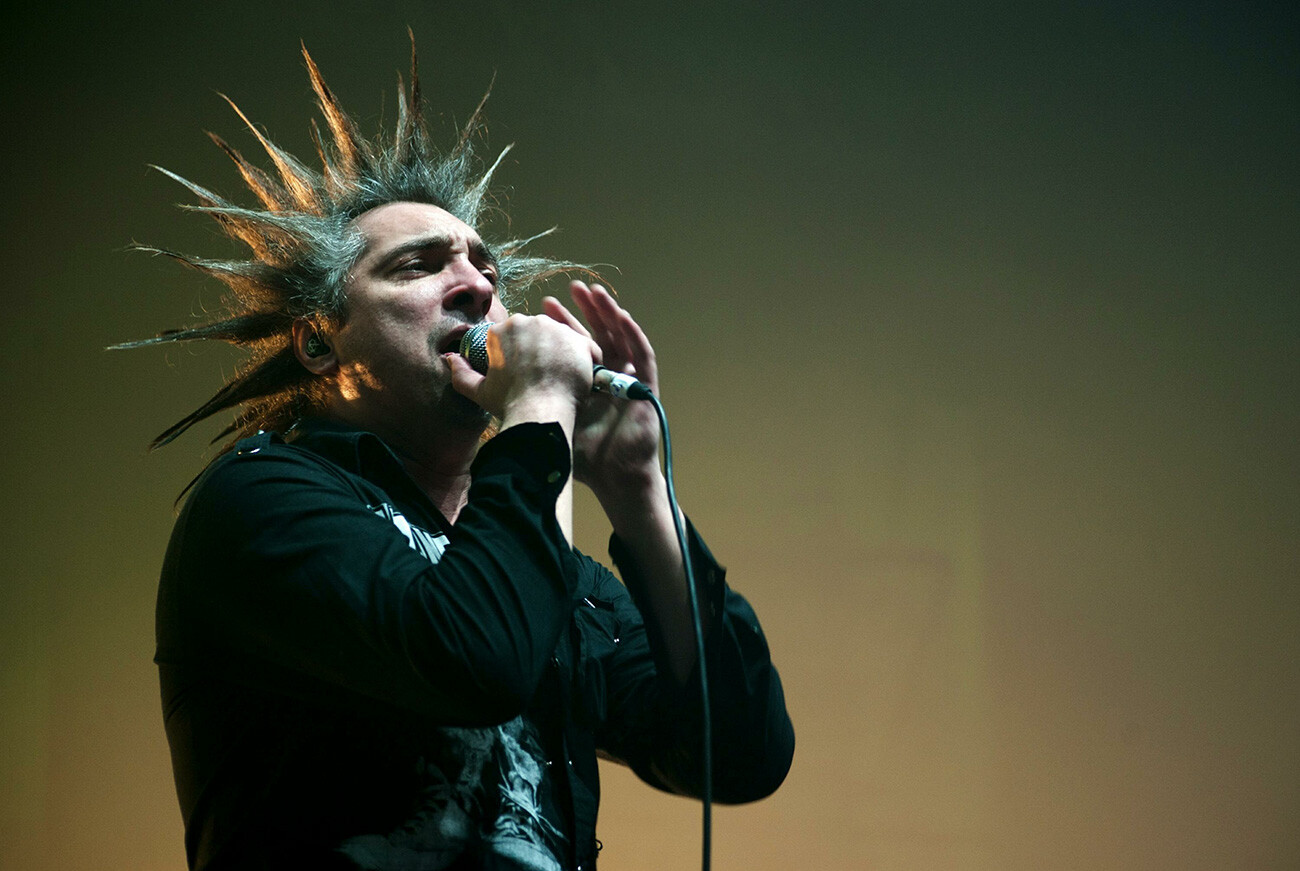
Rock festival 'Chartova Dyuzhina'. In picture: Leader of the 'Korol i Shut' music band Mikhail Gorshenev (Gorshok)
Photoagency Interpress/Global Look PressBoth the band’s lead singers, Andrei Knyazev (‘Knyaz’) and Mikhail Gorsheniov (‘Gorshok’), named the soundtrack to Soviet musical ‘The Bremen Town Musicians’ (1969) the first rock-music vinyl in their lives. Both guys grew up since then, but didn’t mature. And, in essence, they continued the work of the “Bremen Musicians”. If ‘The Misfits’, the American founders of horror-punk music, borrowed their narratives from cheap horror movies and sci-fi, ‘Korol i Shut’ were inspired by Western European folklore: sorcerers, witches and vampires. Although an accidental Slavic vodyanoy, ‘Dagon’ from one of Lovecraft’s short stories and corsairs, clearly inspired by the ‘Pirates of the Caribbean’ franchise, could also pop up.
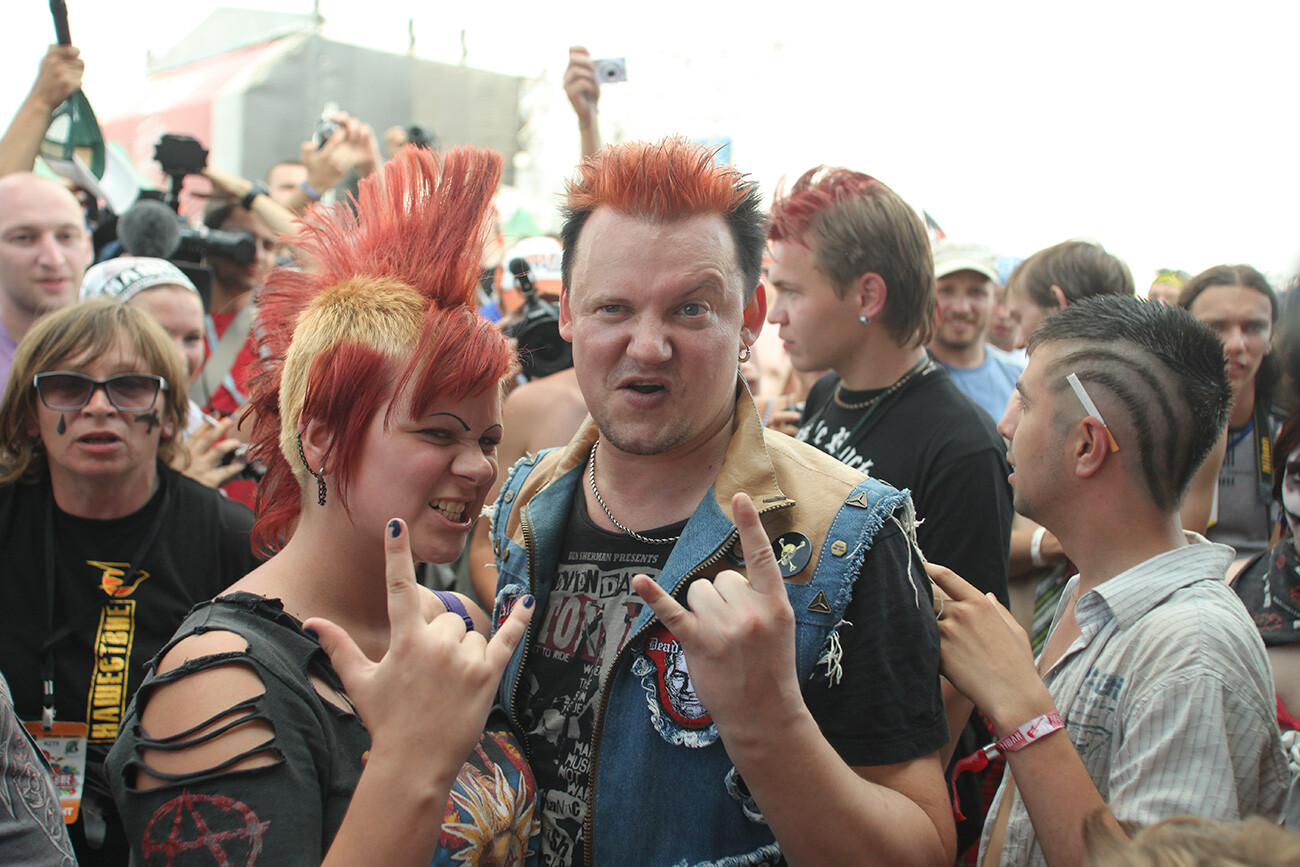
Knyaz with fans.
Alexander Ryumin/TASSThe two band leaders perfectly complemented each other. Knyazev wrote the majority of the texts, Gorsheniov wrote the music. They often sang as a duet – the two eloquent baritones: Knyazev’s was higher, Gorsheniov’s – lower. ‘Gorshok’ “won” the audience over not just with his interesting voice quality, but also with his crazy energy and appearance. Like an actor, he played a role in every song. His concert image directly appealed to a medieval jester: a spiky punk hairstyle reminiscent of a jester’s cap and a gap-toothed smile – in his childhood, Gorshok lost four teeth when he made a bet with his friends that he would hold on to a pull-up bar without his hands, with just his jaws.
In just several years, ‘Korol i Shut’ became not just the most popular punk music band, but also one of the most famous rock bands in the country. They gathered audiences on the largest stages, headlined leading festivals, were a support act for cult bands ‘The Stranglers’ and ‘The Exploited’ and even received an MTV Russia award. In 2000, their song ‘Prygnu so skaly’ (‘I’ll jump from the rock’) was number one on the ‘Nashe Radio’ charts, the main rock radio station of Russia, for half a year. On the list of the top 500 best Russian rock songs (according to the same radio station), it placed 19th, while the aforementioned ‘Lesnik’ placed first.

At the Arena Moscow club.
Vladimir Astapkovich/SputnikIn other words, in Russia in the 2000s, it was impossible to not know the band ‘Korol i Shut’; everyone had heard at least one of their songs. They became the people’s band. However, with rising popularity, the odious reputation of a “band for gopniks” stuck to them – a band for city thugs who come to concerts to shout songs, drink beer and get into fights. Music critics treated them with apparent disregard and, even among rock music fans, it was for a long time considered shameful to confess one’s sympathy to the musicians.
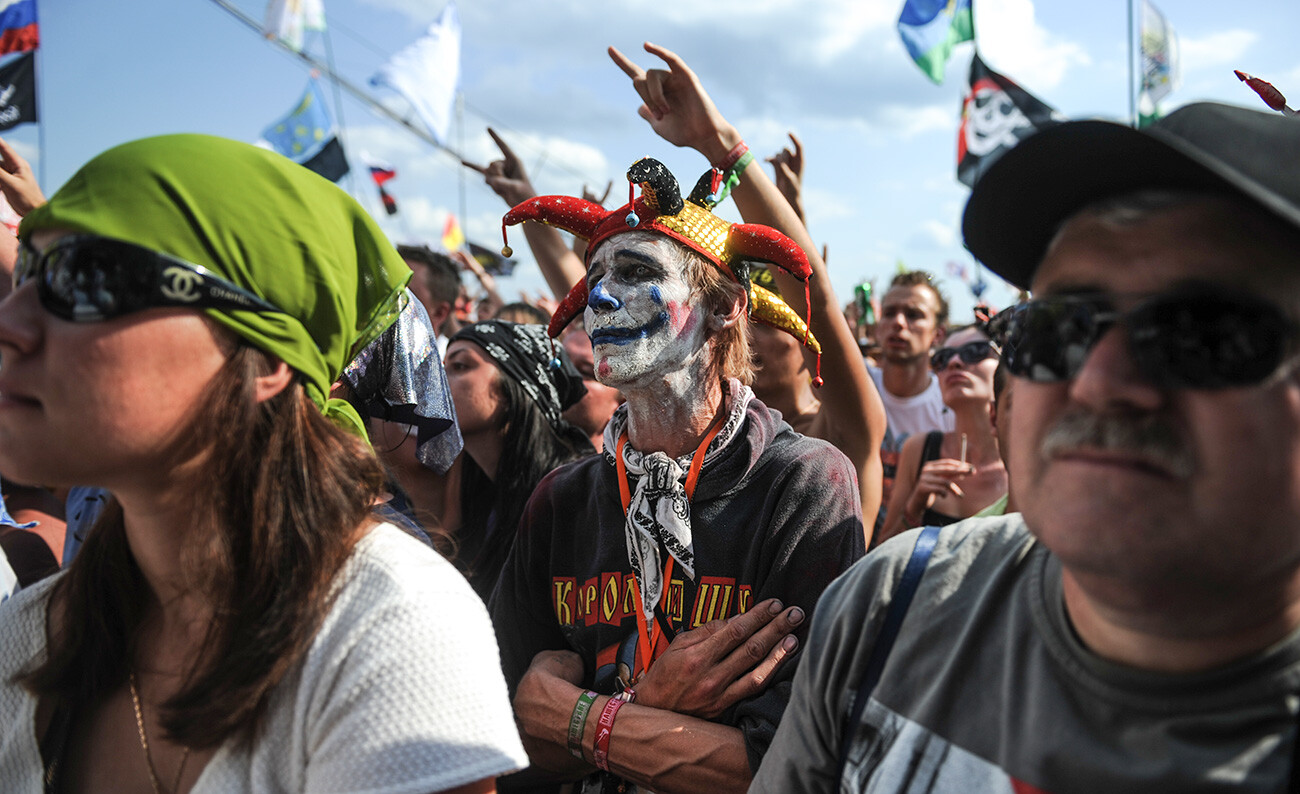
At the Nashestvie 2012 fest.
Vladimir Astapkovich/SputnikThe band itself was also torn apart by internal conflicts. Gorshok wanted more of a punk maximalist attitude and a heavier sound in the spirit of ‘The Exploited’. He publicly confessed to his hatred towards folk-rock songs ‘Prygnu so skaly’ and ‘Kukla kolduna’, written and performed by Knyaz alone, without Gorshok. Although it was these tracks that practically pulled ‘Korol i Shut’ out of a punk music ghetto and brought the band its all-Russia popularity. Finally, the format of short fairy tales weighed Gorshok down – he dreamed of a large format. Inspired by Tim Burton’s movie about Sweeney Todd, he hatched a plan to make a true musical about the famous serial killer barber. Knyaz refused to participate and left in 2011, founding his own band.
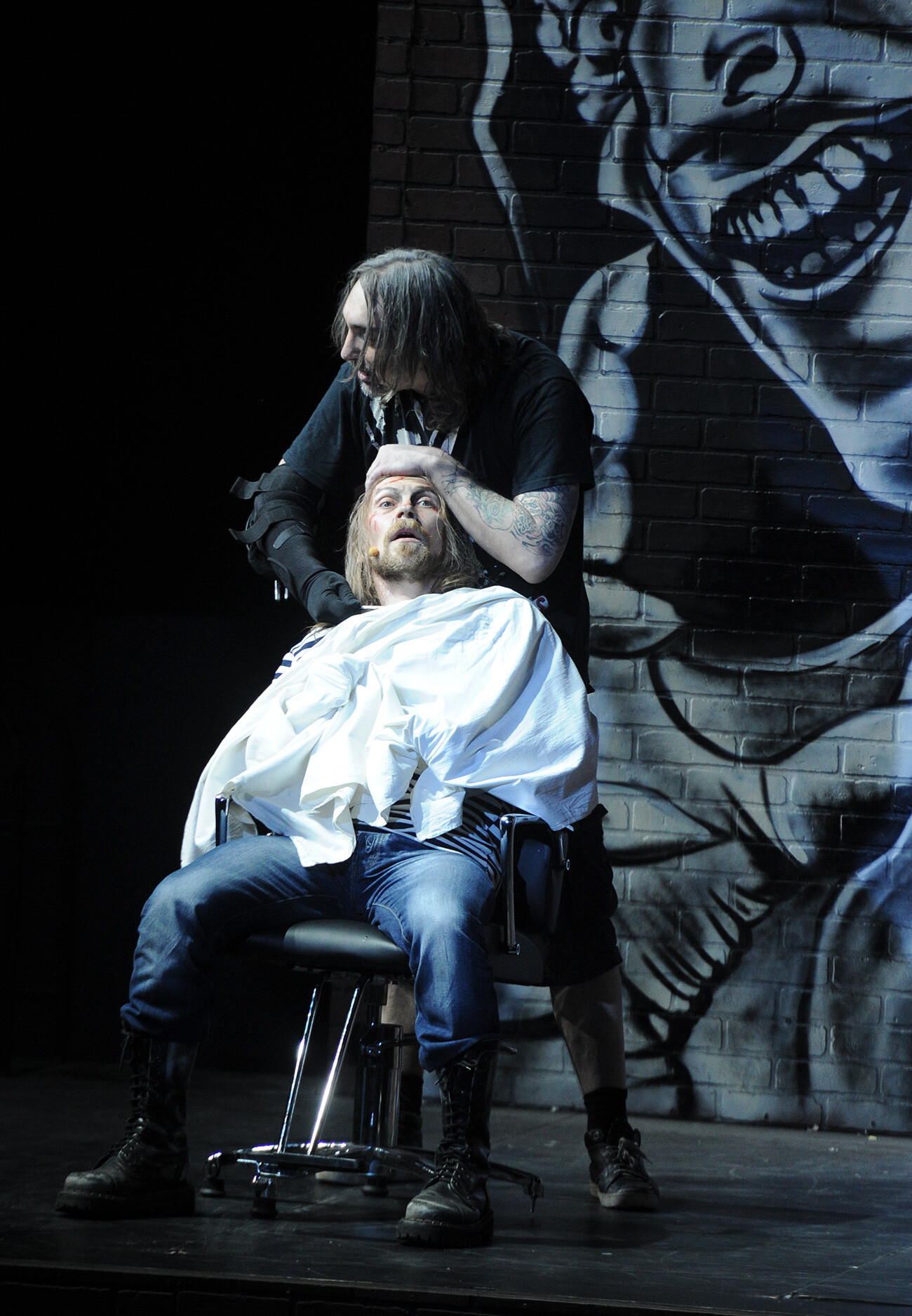
TODD-opera.
Valery Sharifulin/TASSIn the end, Gorsheniov did write the zong horror opera ‘Todd’ and played the main role in it, but, soon after – in the Summer of 2013 – he suddenly passed away. He died just three weeks short of his 40th birthday. The band ‘Korol i Shut’ officially ceased to exist.
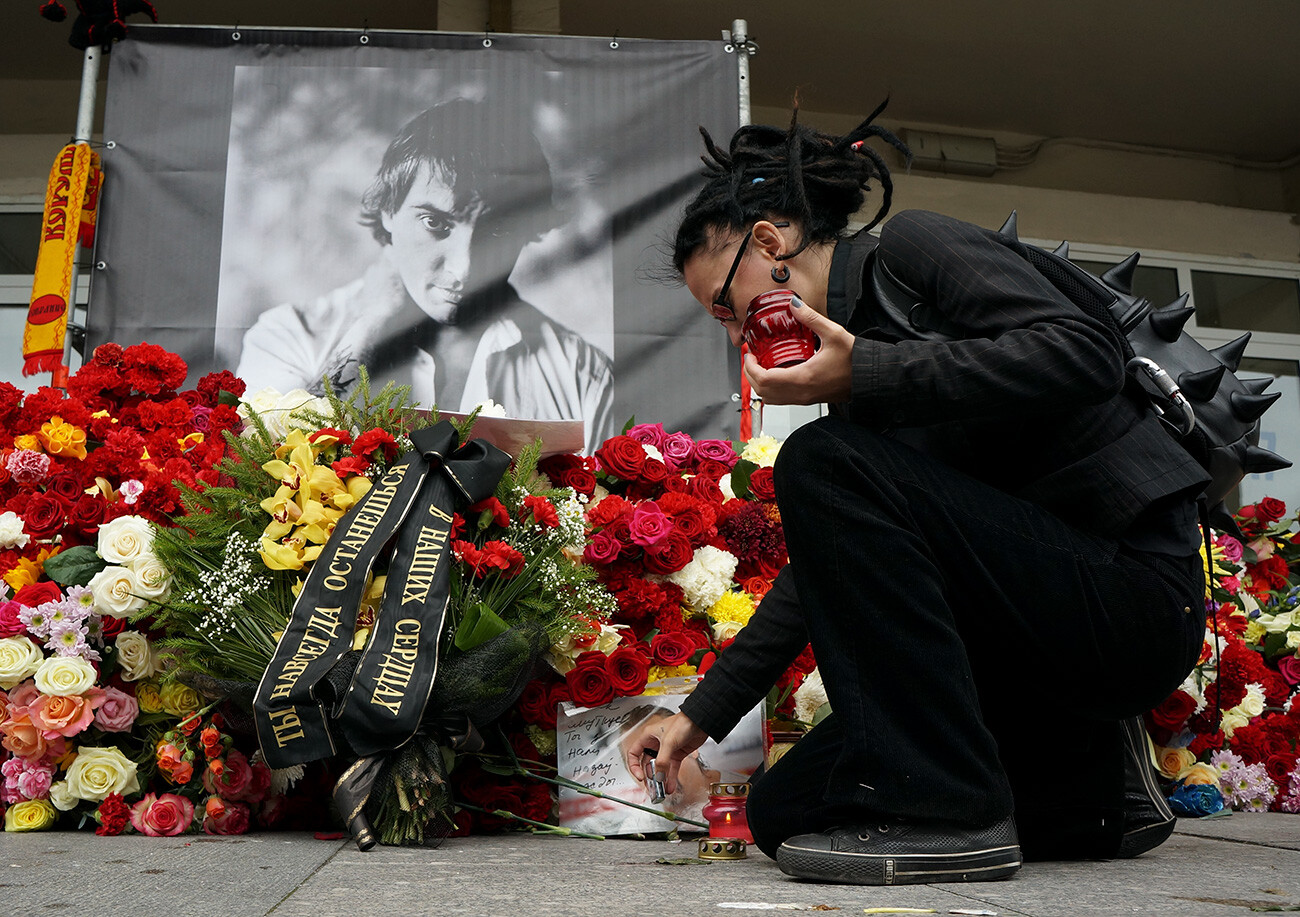
Although the peak of the band’s popularity fell in the early 2000s, we can’t say that after the death of Gorshok everyone forgot about it – the generation that grew up listening to ‘Korol i Shut’ songs stayed true to their idols. Their hits haven’t disappeared from radio rotations, they’re regularly played; fans of ‘Zenit’ St. Petersburg soccer club even created chants to the ‘Kukla kolduna’ music. However, at the beginning of the 2020s, something surprising happened – ‘Korol i Shut’ suddenly began experiencing a new wave of popularity.

It all started with another cover on the TV show ‘Golos’ (‘The Voice’). In December 2020, Contestant Dmitry Vengerov sang the song ‘Kukla kolduna’ (the YouTube video got 1.6 million views). In January 2021, Eurovision winner Alexander Rybak played it on the violin – that video was viewed on TikTok more than 300,000 times. Suddenly, the song went viral and pulled other songs along with it. Currently, TikTok videos with the hashtag #корольишут have garnered over 50 million views and, with the specific hashtag #куклаколдуна — a whopping 144.1 million. And that’s only the tip of the iceberg. Their hits have become memes, they are being covered and new fan videos are being made for them. Zoomers, free from the prejudices of their parents, discovered great lyrics, notable guitar riffs and inventive arrangements in the band ‘Korol i Shut’. Music critics opened their eyes along with teenagers – only now are the first serious articles on the band’s work being published.
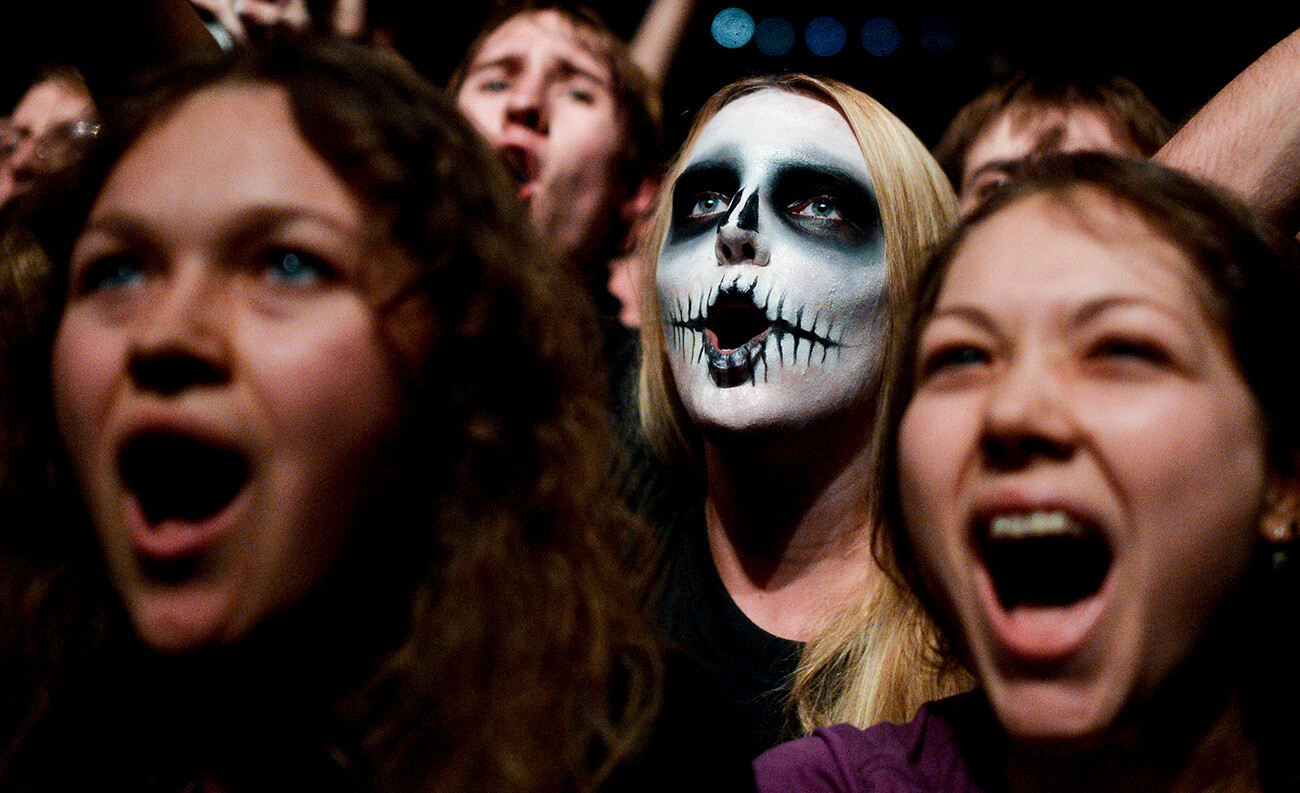
Farewell tour in memory of Mikhail Gorshenev at Stadium Live club.
Vladimir Astapkovich/SputnikThe record numbers didn’t go unnoticed. Kinopoisk, one of the largest video services in the country, gave a “green light” to an 8-episode TV show about the band’s career. This is a unique precedent for the Russian movie industry, where usually only iconic cultural heroes of the Soviet era get biopics.
The producers made the right bet – the first two episodes, aired in March 2023, were viewed by more than 1.3 million subscribers in six days, which is an absolute platform record. The band itself triumphantly returned to music charts. At the beginning of the month, the first three positions of the listening rating in Yandex Music were occupied by ‘Korol i Shut’ songs – with 22 songs by the band in total making it onto the top 100.
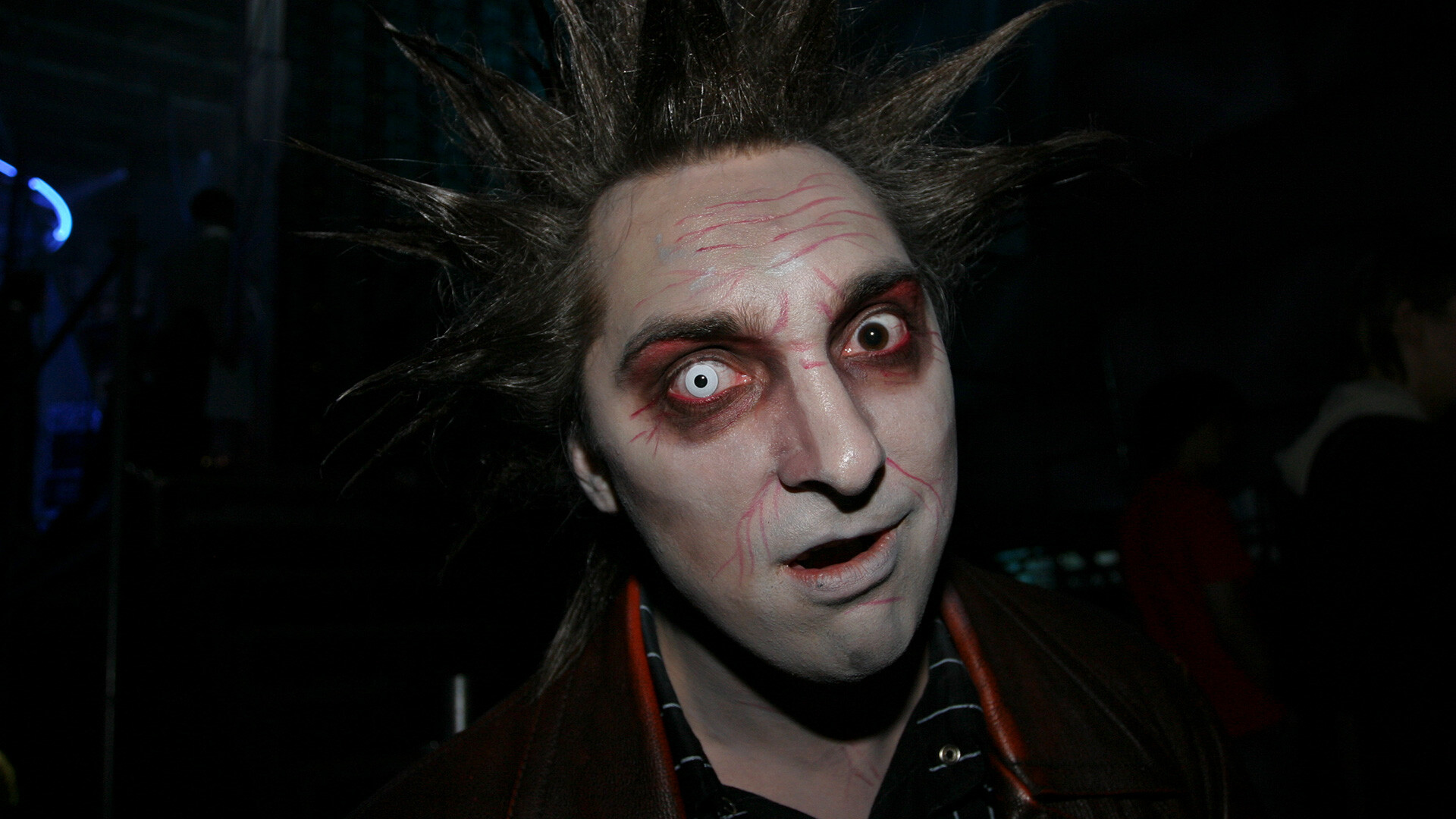
Dear readers,
Our website and social media accounts are under threat of being restricted or banned, due to the current circumstances. So, to keep up with our latest content, simply do the following:
If using any of Russia Beyond's content, partly or in full, always provide an active hyperlink to the original material.
Subscribe
to our newsletter!
Get the week's best stories straight to your inbox